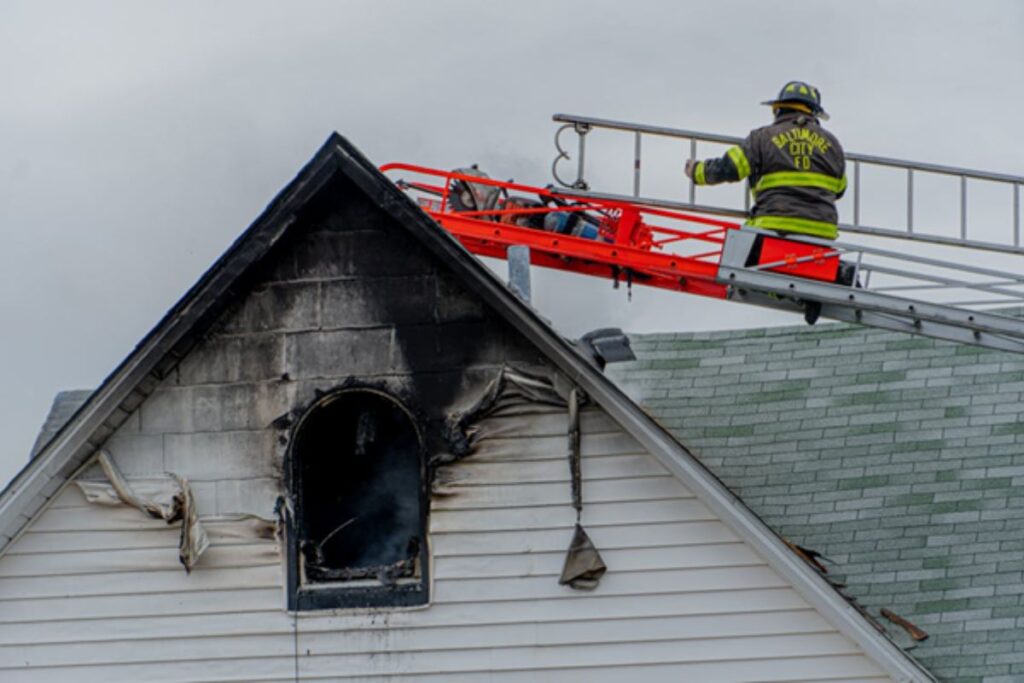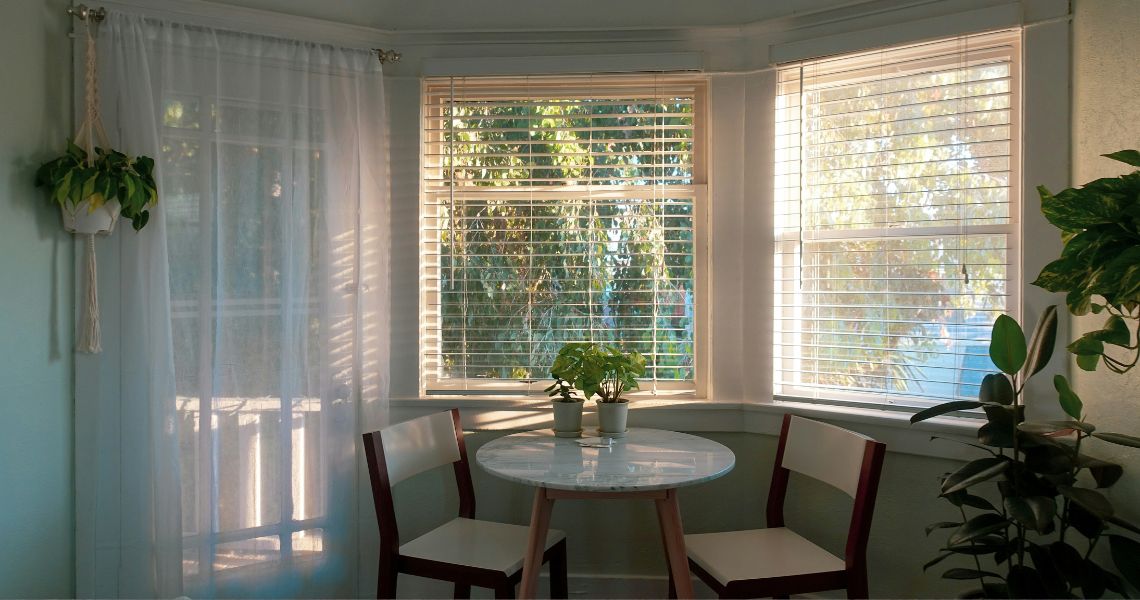Purchasing a home is perhaps the biggest financial decision you will make in your lifetime. Besides the happiness and the satisfaction of owning a home, it safeguards the investment against incidents.
Homeowners insurance is an integral part of risk management, both for your house and your wallet. This category of insurance covers loss of property within your home and your personal property, as well as coverage for the homeowner in the event of accidents. In this article, the author will discuss aspects of homeowners insurance, the reasons behind its necessity, and how it will benefit the homeowner.
What Is Homeowners Insurance?
Owner’s House Insurance is a property insurance policy that protects an individual, his/her house, and belongings in the event of loss or damage. It also offers to indemnify against any occurrence or accident that takes place within the particular property. In other words, it covers you against loss arising from damage or any accidental loss relating to your home. Homeowner insurance generally covers four main areas:

- Your Living Environment: This refers to the internal environment of your house (walls, roof, and anything else that makes up it).
- Contents: This refers to personal items within the home, including clothing, furniture, and electronic gadgets.
- Liability Protection: If someone becomes injured on your property and wants to sue, the insurance will help cover the legal expenses and medical bills.
- Loss of Use: Also called additional living expenses (ALE), this means that if your home is damaged in some way by a covered event and you cannot live in it while it’s being repaired, then ALE will pay for you to live somewhere else.
Why Householders Insurance Is Necessary
So, homeowners insurance is necessary because, in case of total damage or destruction, it will assist in undertaking restoration or reconstruction expenses. Without it, you would have to take on the financial liability of replacing all of the items individually yourself. Whether it is a fire, a storm, or a burglary, the expenses for repairing or recovering your house and belongings can be sumptuous.

Additionally, homeowners insurance is usually obligatory when getting a mortgage from most companies. This way, if any tragedy occurs, the mortgage is paid, and the property is fixed at the price covered by the insurance.
Basic Parts of a Homeowner Insurance Policy
To become fully protected, learn the necessity of the policies. Here are the main coverages.
Dwelling coverage is responsible for getting a physical structure like your home replaced. This includes the walls, roof, floor, and other fixtures and amenities that comprise the built-in appliances. In the event your home is destroyed by fire, storms, or any other peril that may be covered, the dwelling coverage helps you repair or rebuild. It is important that the dwelling coverage that you have corresponds to what it would cost to replace your home in the event, which is different from the amount you paid to buy it.

This part of your policy protects personal property, including furniture, clothing, electronics, and other household property. Personal property coverage assists in replacing lost, damaged, or stolen belongings if a covered event causes the loss. Some personal belongings, such as jewellery, artwork, or high-cost gadgets, may need to be covered separately in a separate policy.
A third party will help cover expenses in the event that a person has slipped and fallen at your home or been bitten by your dog. Should they opt to be legal, this coverage will address the lawyer fees, medicine, and even lost pay. The majority of policies have liability coverage of between $100,000 and $500,000, but this comes with higher limits that can be acquired.
4. ALE – Additional Living Expenses
ALE coverage would come into play in the event of an outbreak, such as a fire or violent storm that deems your house uninhabitable; it would cover temporary housing and increased costs incurred, such as hotel bills and dining out so that you can have a place to stay while your home is repaired without straining your finances.

This includes any structure that exists on your compound but is not a part of the house, like a garage that is built separately from the house, a shed, a fence, or the like. It is usually expressed as a percentage of the dwelling coverage and, like the other parts of the policy, can aid in fixing or replacing these structures in the event that an insured risk destroys them.
Listing the Things That Homeowners Insurance Does Not Entail
As useful as homeowners insurance may be, it offers no cover for all the possibilities. Common exclusions include:
- Floods: This means that the policy you get for homeowners generally doesn’t cover the cost of a flood. Flood coverage would require an additional policy if the house is built in a flood-prone area of the country.
- Earthquakes: Like floods, earthquake damage must be insured by a specific policy.
- Wear and Tear: Insurance generally did not cover minor wear and tear or costs which emanated from negligence or general wear and tear.
- Certain High-Value Items: There is always a limit to what personal property coverage will pay, and specific possessions may not be covered up to a certain amount. If you own expensive items, you must look at getting other coverage.
The Factors to Consider for The Right Homeowners Insurance Policy
Choosing the right homeowners’ insurance policy implies understanding your property’s worth, personal property, and financial standing. Here’s how to get started.

First of all, consider the amount of dwelling coverage you require. The usual insurance coverage is paid when you must reconstruct your home from scratch: material and workforce expenses. Then, calculate the amount of personal property coverage that you need by inventorying all of your assets.
2. Thinks About Your Exposures
If you often host your friends or have factors that pose a high risk, such as a swimming pool or a trampoline, you may wish to have more liability coverage. This makes sure that in the event that one of your guests falls and sustains an injury, you’re indemnified.
3. Review Other Coverage Available
There are other supplements you can also request, like flood insurance, earthquake insurance, or personal umbrella policy. They can offer better and extra coverage or ceilings to particular perils.
These insurance policies can come in the form of quotes or links to insurance companies’ websites, but remember not to purchase the first policy you come across. Do not accept the first quotation from any given insurer since there are other insurance companies who may offer similar services at a lesser price. Insurance agents can advise you on the most suitable insurance policy for your home and fitness. This way, you can do a cross-sectional analysis and get a policy that will cover you enough without having to spend a lot of money.
Moreover, spending some time to protect your home with homeowners insurance is one’s biggest financial asset against the risks that are associated with day-to-day life.
When Should You Update Your Homeowners Insurance?
This means that your homeowners insurance policy has to be as dynamic as your life and your house. Whenever something happens that changes your lifestyle or when you make major alterations to the house, it is important to reassess your policy.

Many homeowners never update their policies even though they may have remodelled their houses to include a new kitchen, room, or swimming pool. Remodelling your house increases its value, but it also increases the cost of insuring your dwelling in case of a loss, which is what dwelling coverage guarantees.
Are you a first-time premium product owner, for instance, someone who owns expensive jewellery, artwork, or entertainment equipment? It is important to ensure that the personal property coverage that you have is adequate for these items. You may need to take a rider to your policy for such items or articles you consider valuable.
If you are to get married, start a family, or even adopt a pet, your exposure to liability could change. This way, it will be possible for your insurance requirement to be met fully by updating the policy that is in place.
Final Thoughts
Homeowners insurance is not just a method of risking one’s money and property; it is an opportunity to ensure the place you live the things you value and live with. Whether it is hurricane damage or a broken pipe, knowing what type of coverage allows for calm. Every so often, evaluate your insurance requirements, compare them with other policies, and re-evaluate your insurance policies based on the current scenario. Indeed, we made it for more than just investment; this is the place where life unfolds, and it only makes sense to protect it well.
Images courtesy of unsplash.com, pexels.com













1 thought on “Keeping a Roof Over Your Head: Everything You Need to Know About Homeowners Insurance”
Comments are closed.